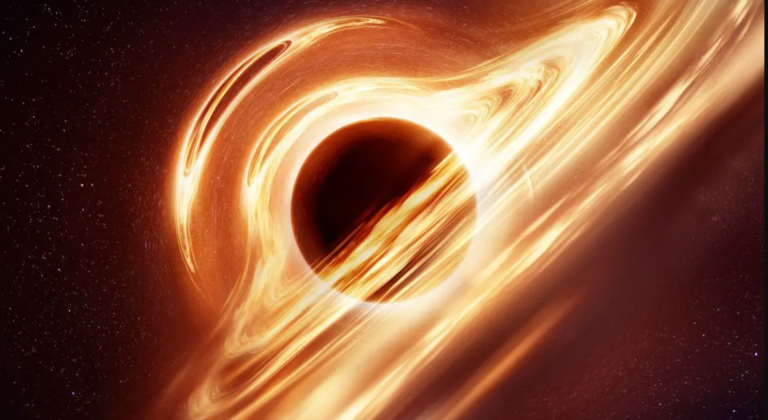Sagittarius A*, the Supermassive Black Hole, Is Spinning at an Unusually Fast Rate and in an Unexpected Direction
Sagittarius A’s Unusual Spin Linked to a Supermassive Black Hole Collision 9 Billion Years Ago
Researchers analyzing the supermassive black hole in the Milky Way’s core, Sagittarius A*, have found the strongest evidence that its strange spin followed a collision with another supermassive black hole 9 billion years ago. Using the data obtained from Event Horizon Telescope, researchers say that this may be the reason why the black hole spins in the opposite direction to the Milky Way. Measuring the rates of such interactions and their effects on galaxy and black hole evolution proves to be very important in our understanding of these objects. GW150914 is only one of these massive cosmic collisions; future GW observatories such as LISA will study them in more detail.
Some scientists are studying Sagittarius A* at 26,000 light-years away and now say they obtained ‘substantial proof’ that may explain the star’s mystery history. This supermassive black hole has 4 million times the mass of the sun and is 14–light-year across. 6 million miles (23. 5 million kilometers), much speculation confounds the formation of the something and the fast, off-axis rotation of the something.
New data, from the same telescope that produced the first image of Sagittarius A* in 2022, offers a crucial clue: It has been estimated that the black hole came into being after a merging with another supermassive black hole some 11 billion years ago and the merger effect is still evidently visible in the black hole. These findings were published on Sept. 6 in Nature Astronomy.
“This discovery is a breakthrough in understanding supermassive black hole growth and evolution,” said Yihan Wang, the lead author, and an astrophysicist at the University of Nevada, Las Vegas (UNLV). “This strange, misaligned high spin of Sgr A* could mean they are the remnant of a merger event that saw a black hole swallow its companion, and then spin alternately in a different direction. ”
That means, even a 0. Sagittarius A* stands for 0003 percent of the Milky Way’s overall mass and despite the latter, it is a force from time to time capturing matter and expelling it at a speed close to the speed of light and is responsible for shaping out galaxy. Researchers believe that initially it was the same black hole, which has arisen from the main process, namely the collapse of a star or a gas cloud, and began to grow, actively absorbing everything that was nearby. when it started growing it probably engulfed other super massive black holes, which is common when galaxies merge. Ghostly trails of such mergers can be detected in the shape of Milky Way’s disk suggesting that Milky Way has merged with at least a dozen galaxies in 12 billion years.
Nevertheless, it still is unknown whether black hole coalescences are essential in creating supermassive black holes or if they develop through accretion of gas and dust. To trace the history of Sagittarius A* which is a supermassive black hole at the center of the galaxy, the scientists used the observations made by the Event Horizon Telescope to simulate the black hole’s actions. Computer models showed that currently, black hole spin is not aligned with the Milky Way at all, and labeled its spin as odd; and the only way that this black hole could obtain such spin was through merging with the supermassive black hole of another entire galaxy.
“This merger possibly took place at about 9 billion years ago following the Milky Way’s merger with the Gaia-Enceladus galaxy,” pointed out Zhang Bing, the head educator of the piece together with professor of physics and astronomy at UNLV. This is a perfect evidence in support to the fact that supermassive black holes can merge and also gives a clear insight on the active movement of the galaxy we are in!
For more such mergers across the universe, researchers look forward for space-based gravitational wave observatories such as NASA and ESA’s Laser Interiferometer Space Antenna (LISA). Originally pegged to take off in 2035, LISA is expected to pinpoint gravitational waves that are generated from the merging of supermassive black holes.
Do not forget to share your opinion with us to provide you with the best posts !




0 Comments